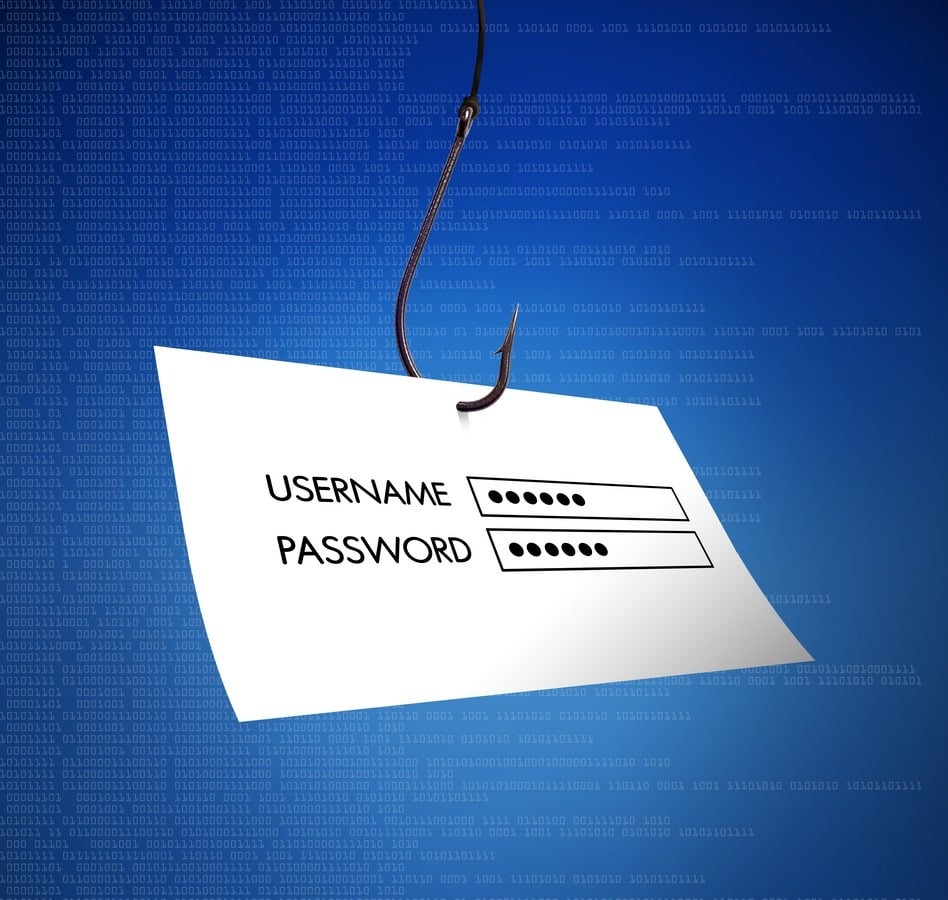Test Altospam’s solutions!
Thousands of companies, CTOs, CIOs, CISOs and IT managers already trust us to protect their e-mail against phishing, spear phishing, ransomware, …

Spam is a juicy business for hackers. They don’t hesitate to invest heavily in keeping up with, or even outstripping, existing anti-spam technologies. Today’s spammers don’t just attack e-mail inboxes. They also target mobile devices, blogs and instant messaging. The cost of managing them is therefore very high, both for individuals and for ISPs.
Managing and combating spam generates significant direct and indirect costs for ISPs. To overcome this, they will have to invest several hundred thousand euros each year in installing and updating effective anti-spam technologies. All the more so as the rate of spam recorded worldwide each year continues to rise. There are also expenses linked to prevention campaigns and subscriber information, complaint management, etc.
For ISPs, server and bandwidth congestion is the main drawback of spam. The losses they suffer are real, even if it’s not always easy to measure their importance, given that other types of information pass through the bandwidth. Some of these professionals have reported that spam takes up more than 50% of their traffic.
For some ISPs, 8 to 9 out of 10 e-mails are spam. For others, several billion spam messages are sent every year. Technical aspects take up the lion’s share of their safety budget. Queue management and e-mail storage on the server are the most costly. Fortunately, there are a number of filters available to limit the financial losses incurred: blocking systems at server level or upstream. They also encourage their subscribers to install a spam filter combined with an effective antivirus to help eradicate spam.
According to a survey carried out by a specialized American research institute, almost 25% of users have given up using e-mail as a means of communication because of spam. Other categories of people have decided to use it anyway, when they have no other solution available to them. Yet e-mail is considered a fast and inexpensive means of communication. Sending an e-mail costs just 20 centimes, compared with one euro for a traditional e-mail. What’s more, managing the spam filter and sorting incoming e-mails is also a major time-suck for individuals.
For the company, spam means a significant loss of productivity. Every employee will need to spend a lot of time sorting and managing their e-mails every day. Installing an upstream or outsourced anti-spam filter, such as Oktey’s Altospam solution, is a worthwhile investment, as the cost will be lower than the amount it would cost to install anti-spam filtering software on every workstation in the company.
Test Altospam’s solutions!
Thousands of companies, CTOs, CIOs, CISOs and IT managers already trust us to protect their e-mail against phishing, spear phishing, ransomware, …